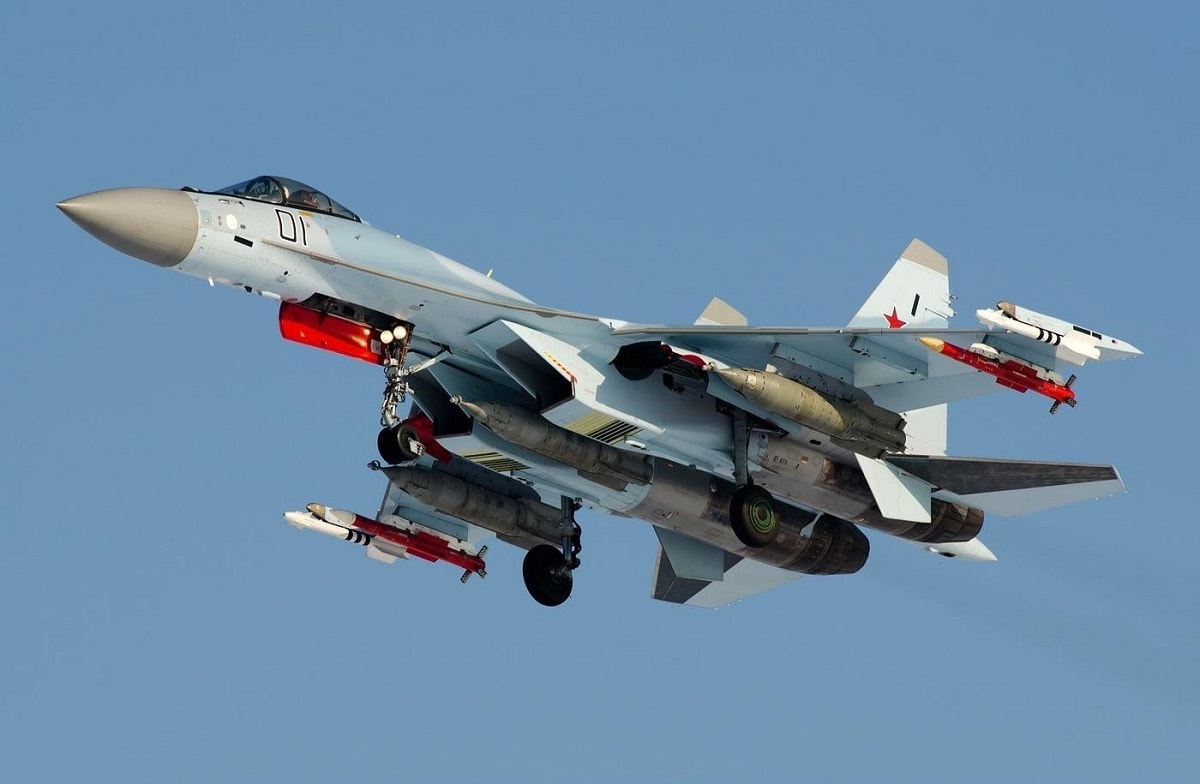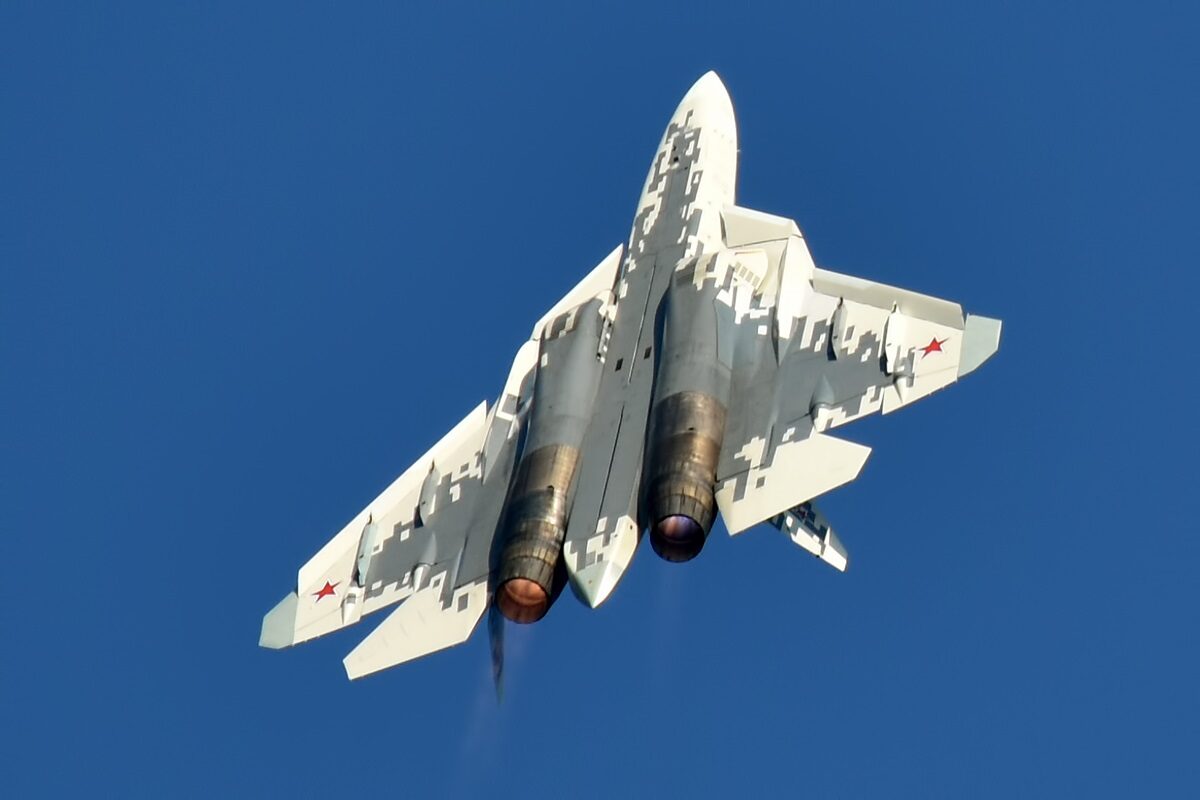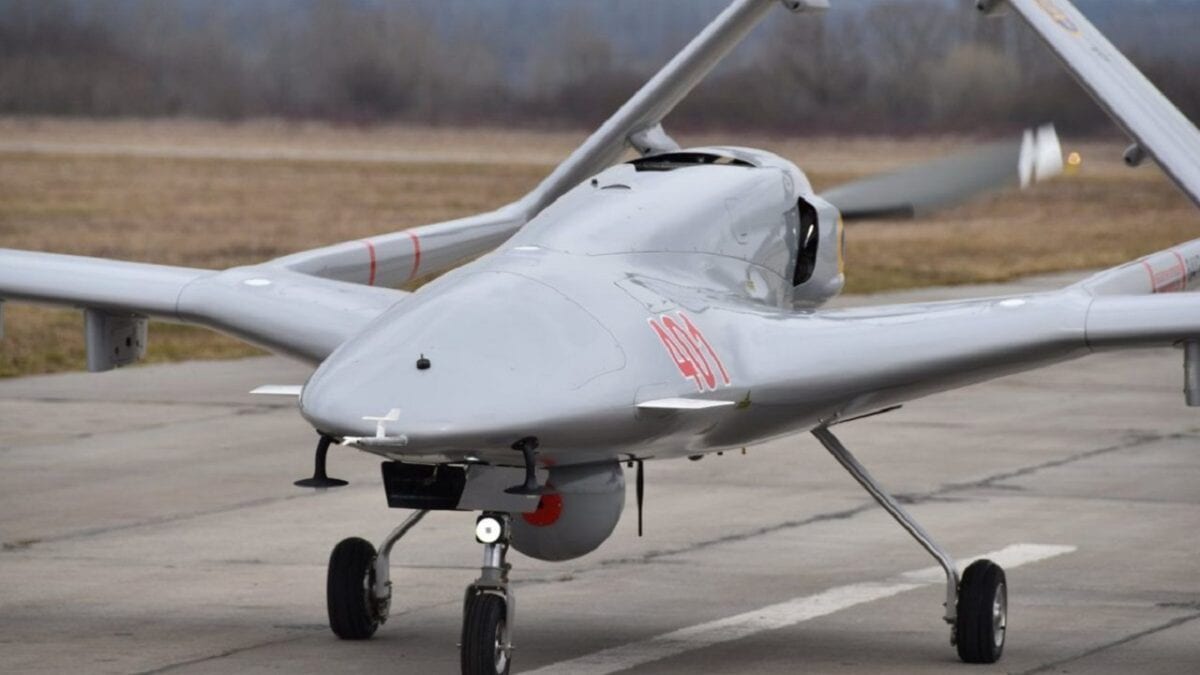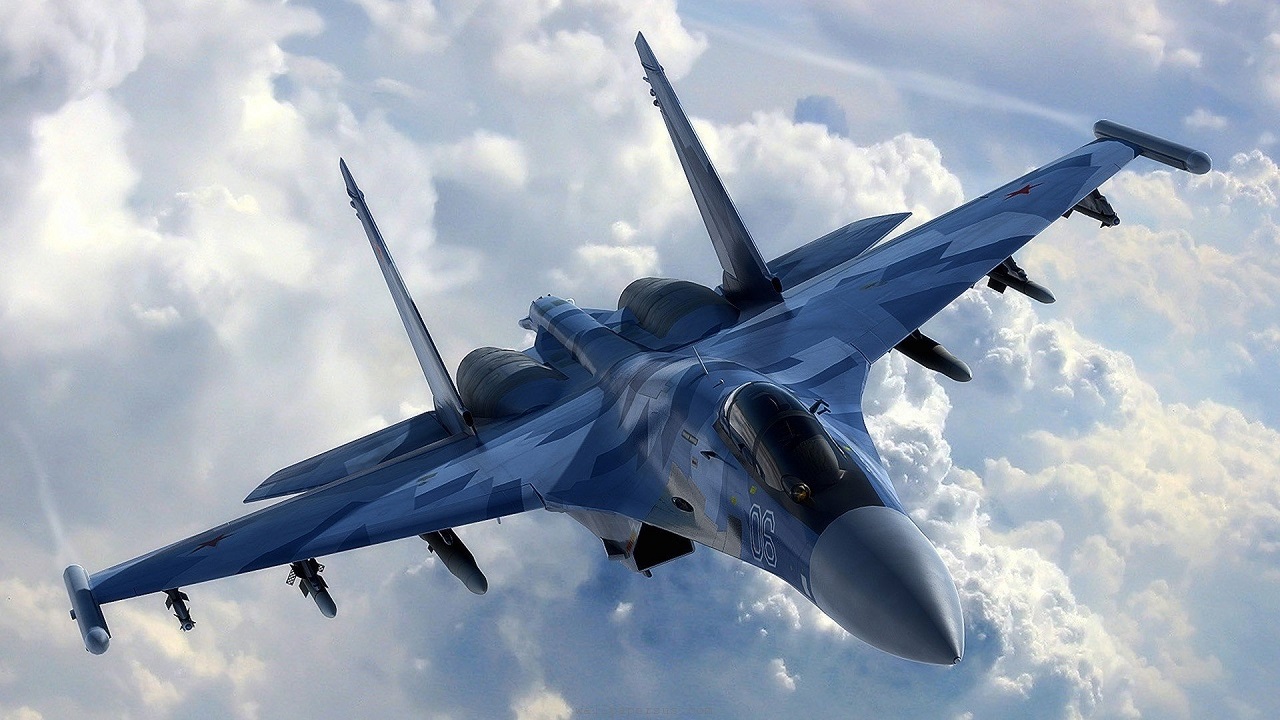The war over Ukraine features two air forces that have very similar weapons in the sky as both Russia and Ukraine inherited the best planes the old Soviet Union had to offer: Since Russia’s invasion of Ukraine in February, neither side has achieved complete air superiority, surprising analysts and officials who believed that Russia’s larger and technologically superior air force would overwhelm Ukrainian forces.
Five months on, Ukraine’s air force and air defenses continue to fight Russian airpower, which has had a surprisingly limited role in the overall conflict.
Russia appears to have narrowed the scope of its operations in recent months, but as of late July, observers have recorded the loss of 36 Russian and 35 Ukrainian combat aircraft.
The total losses are likely higher, but the reported numbers still show the intensity of the aerial struggle.
Overlapping inventories
Because both countries were part of the Soviet Union and hosted a significant portion of the USSR’s defense industrial base, Ukraine and Russia have always had similar military aircraft inventories.
Prior to February 24, the most numerous fighter in Ukraine’s inventory was the MiG-29, which first flew in 1977 and was officially adopted by the Soviets in 1982.
Developed in response to the American F-15 and F-16 fighters, the MiG-29 is designed primarily for air-to-air combat. It has a max speed of roughly 1,500 mph and a ceiling just under 60,000 feet. It can carry about 8,000 pounds of ordnance on seven hardpoints and has a 30mm autocannon with 150 rounds.
The Su-27 was developed in conjunction with the MiG-29 and officially adopted by the Soviets in 1985. It was the first operational Soviet fighter with fly-by-wire controls.
The Su-27 is primarily an air-superiority fighter, though it can also conduct strikes, and it has a top speed over 1,500 mph and a ceiling above 60,000 feet. In addition to its 30mm autocannon with 150 rounds, it has 10 hardpoints that allow it to carry over 9,700 pounds of ordnance.
Ukraine and Russia are also attacking it each other with similar strike aircraft, mainly the Su-24 and Su-25.
Adopted in 1974, the Su-24 is a variable-sweep wing attack aircraft intended for interdiction missions. It has a top speed of about 1,000 mph with a ceiling of about 36,000 feet and can carry over 17,000 pounds of ordnance, ranging from missiles to guided bombs, on nine hardpoints. It also carries a six-barrel 23mm rotary cannon with 500 rounds.
The Su-25 was adopted in 1993. A smaller attack aircraft, it is intended for direct strikes and close air support, and it has a top speed of about 600 mph and a ceiling of 22,000 feet.
In addition to a 30mm dual-barrel cannon with 250 rounds, the Su-25 has 10 hardpoints and can carry over 9,000 pounds of ordnance, including, missiles, rockets, guided and unguided bombs, and even additional cannons. It also has steel and titanium plates ranging from 6mm to 25mm thick around the cockpit, parts of the fuselage, and wings, as well as self-sealing fuel tanks.
The armor and armaments of the Su-25 effectively make it a fast, low-flying tank — it has been compared to the US Air Force’s vaunted A-10.
War Performance
On February 24, Ukraine’s inventory of flyable combat aircraft amounted to about 37 MiG-29s, 34 Su-27s, 31 Su-25s, and 14 Su-24Ms.
Some of Ukraine’s aircraft were active early in the war. Its Su-24s and MiG-29s supported operations around Hostomel Airport when Russian paratroopers attempted to seize it. Ukrainian Su-27s were also spotted around Kiev, as were several MiG-29s, likely trying to intercept Russian aircraft and missiles.
But Russian mobile air defenses and aircraft have taken a toll. To date, 35 Ukrainian combat aircraft have been identified as destroyed: 11 MiG-29s, 11 Su-24s, four Su-27s, eight Su-25s, and one unidentified fighter.
Some losses were from friendly fire, as it is hard for ground-based anti-aircraft systems to distinguish friendly jets from Russian ones.
Despite the losses, Ukraine may have more operational aircraft now than it did at the beginning of the war, as spare parts donated by NATO militaries have allowed it to refit airframes that were in storage.
Ukrainian fighters and attack aircraft are still active on the frontlines. Ukraine claimed one of its MiGs shot down a Russian Su-35 on May 27, while Ukrainian Su-24s and Su-25s have been spotted near combat zones. Ukrainian Su-27s have been seen bombing Snake Island and may have been involved in strikes on Russian oil facilities near Crimea.

Image: Creative Commons.
Russia has increased its air operations since the start of the war. Its jets are usually seen operating in pairs and occasionally in teams of four.
Russia’s Su-25s are the most frequently spotted, likely because they perform close air support. Because they have to fly so low, they are often engaged by Ukrainian air defenses, especially shoulder-fired missiles. To date, 16 Russian Su-25s have been shot down and more have been damaged.
Unique aircraft
Russia has taken steps to modernize its air force in recent years, which differentiates its fleet from Ukraine’s air force. The most up-to-date Russian combat aircraft seen in Ukraine are the Su-30, Su-35, and Su-34, all of which were developed from the Su-27 frame.
The Su-30 was adopted in 1996 and the Su-35 in 2014. Both are classified as air-superiority fighters but can perform other roles. They also have thrust-vector control, giving them acrobatic capabilities that are a major advantage in aerial combat.
The Su-30 has a top speed of 1,300 mph and a service ceiling of 55,000 feet. In addition to a 30mm autocannon with 150 rounds, it has 12 hardpoints that can carry 18,000 pounds of ordnance. The Su-35 is similarly armed and can reach speeds of 1,500 mph and a ceiling of 59,000 feet.
Also adopted in 2014, the Su-34 is a fighter-bomber was intended to replace the aging Su-24. With a top speed around 1,100 mph and a ceiling of about 50,000 feet, it can carry 20,000 pounds of ordnance on 12 hardpoints and has a single 30mm autocannon with 180 rounds.
So far, four Su-30s have been shot down, with at least one more destroyed on the ground. One Su-35 armed with anti-radiation missiles — suggesting it was hunting Ukrainian air defenses — has been downed as well. Eleven Su-34s have also been confirmed as being shot down. Three more destroyed aircraft are unidentified.
Russian officials and state media have also said that the Su-57, Russia’s fifth-generation stealth fighter, has been used in Ukraine, including to take out Ukrainian air defenses, but observers doubt the Su-57 is being widely used in the war.

Su-57 from Russia. Image: Creative Commons.
As in other recent conflicts, aerial drones have had a prominent role in Ukraine. Observers have identified 50 Russian and 23 Ukrainian drones as downed so far in the fighting.
The most common Russian drone is the Orlan-10, a small propellor-driven reconnaissance aircraft used to spot targets, direct artillery fire, and even drop small munitions. Russia also operates the Kronshtadt Orion, a larger reconnaissance drone also used to strike Ukrainian targets.
Ukraine has used the Turkish-made Bayraktar TB2 to strike Russian targets and surveil Russian operations. Ukrainians and their international supporters have crowdfunded the purchase of additional drones, though their efficacy may decline as Russian forces improve their defenses.

Bayraktar TB2 Drone of the Ukrainian Air Force.
Benjamin Brimelow is a reporter at Business Insider, where this first appeared.

